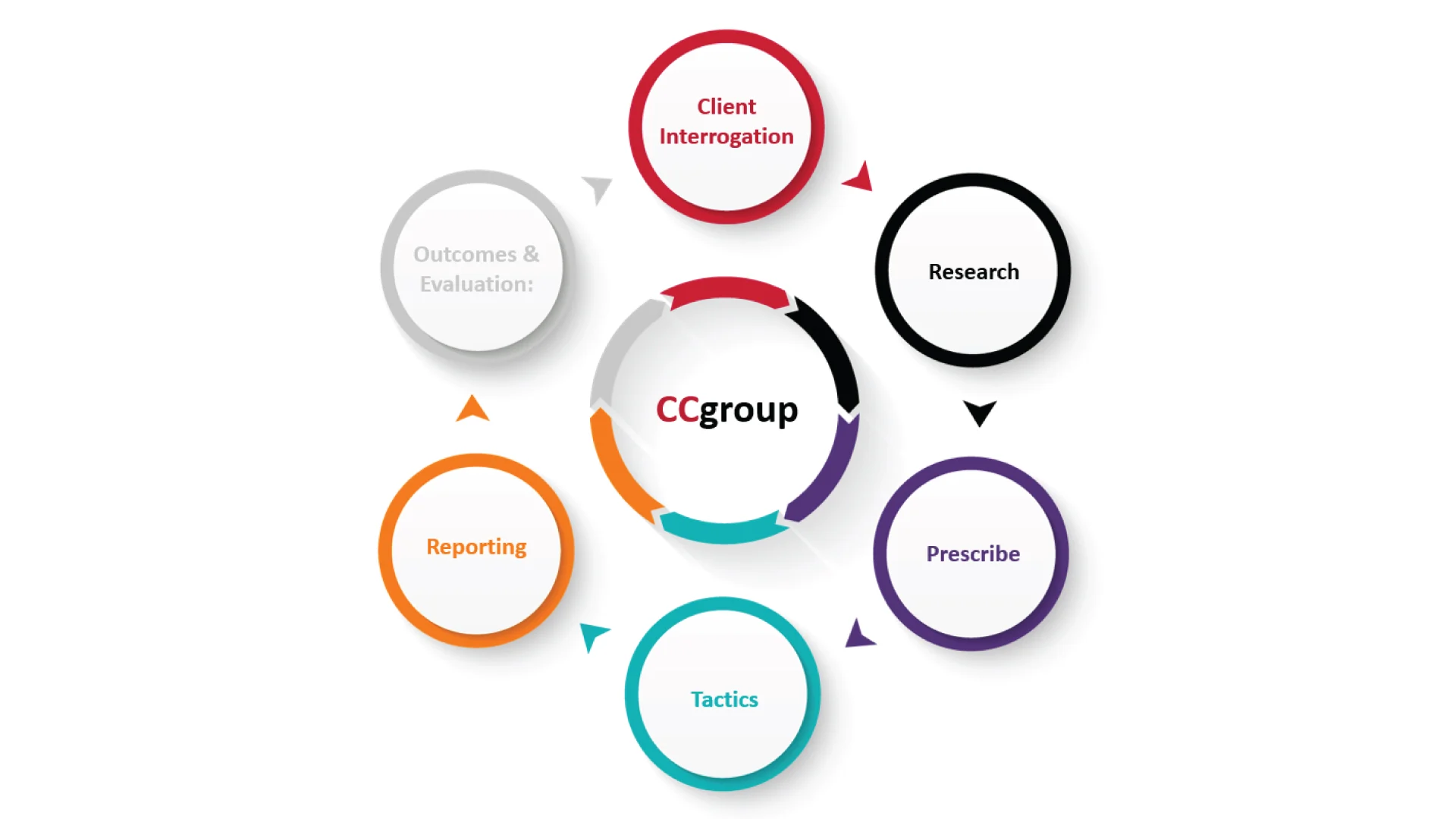Looking impressive isn’t the same as being effective
Marketing and communications teams are under pressure to prove impact. So, we default to showcasing vanity metrics because big numbers look impressive on a slide. These metrics have their place, but without any additional insights they rarely tell the full story. Worse, they often steer teams toward activity that looks productive rather than is productive. Without context, they’re meaningless. And without analysis, they’re useless in all but pacifying stakeholders.
Why it happens?
Campaign reports, particularly quarterly summaries or post-campaign wrap-ups, are typically assembled under pressure, with a focus on satisfying internal stakeholders that want to see what their ROI has been. However, without a clear line to strategic decision-making, they serve little more than retrospective validation. Reports become performative exercises showcasing evidence of effort rather than a catalyst for change, especially when there are no clear objectives being evaluated against them!
Reframe, refocus, react: A better reporting model
Start by reframing the role of reporting. Reports shouldn’t just explain what happened—they should evaluate why it happened, what it means, and how this should affect your strategy. Think of them as your campaign’s debrief and launchpad, not its finish line or pacifier.
To do this effectively, we need to:
- Move beyond the metric. Don’t stop at “coverage increased by 15%.” Ask what caused that increase? Was it a standout narrative? A particular spokesperson? A shift in media appetite? To move closer to our objectives, it’s essential to identify what worked and, more importantly, why.
- Lean into failures. Don’t only focus on the high points, understand what didn’t land, or what took longer than expected. These insights are just as important when looking to make improvements in the future.
- Connect insight to action. If a message gained traction in trade media, could it be adapted for additional platforms such as LinkedIn or sales enablement content? Repurposing content is not only a great way to save time and resources but also ensures that messaging remains consistent.
- Build in recommendations upfront. Too often, the “next steps” are an afterthought. Instead, bake strategic recommendations into each insight as you go, don’t just tag them on at the end. This helps shift the conversation from “what we saw” to “what we’ll do next.” There’s no harm in summarising actions at the end, but, if they’re not embedded throughout, they risk being ignored or deprioritised.
Reframing your reporting in these ways also makes them more useful beyond the main client contact. It provides a strategic lens that C-suite stakeholders crave and gives marketing teams the operational insight they need.
Taking ownership after the report
Insight without ownership leads nowhere. Even when reports contain solid recommendations, too often they’re not followed through. They become footnotes of the past, not blueprints for the future.
To avoid this, you need a structured approach that elevates reporting from reactive box-ticking to a strategic engine:
- Assign owners to each recommendation or risk letting good ideas drift into the void.
- Set realistic timelines. Even simple changes can get buried under business-as-usual if they’re not prioritised.
- Revisit actions regularly. Reporting shouldn’t be a one-and-done exercise, it should feed into ongoing planning, quarterly reviews, and campaign retrospectives. Even a simple line on the tracker can serve as a reminder.
Metrics matter… but only when they serve a purpose beyond applause. Because in a market where standing still means falling behind, it’s not about what you measured – it’s about what you did next.
Want to make your next report count for more than numbers? Let’s talk about building insight-driven strategies that move the needle.















